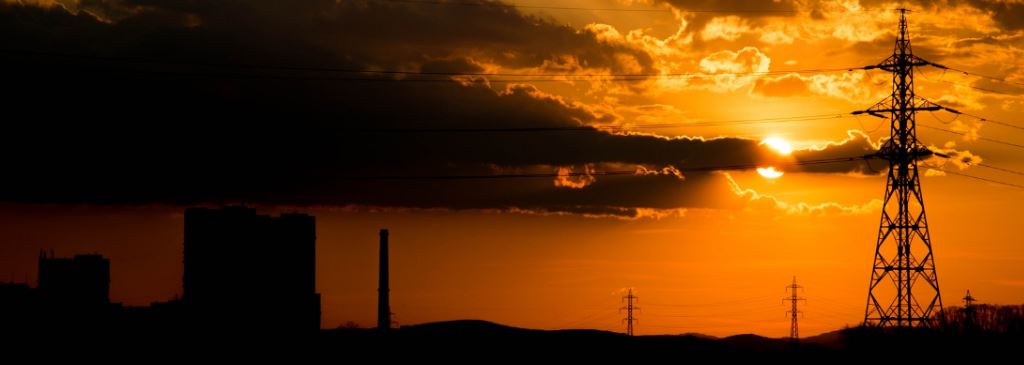It’s a common propaganda technique to hide unpopular ideas behind innocuous sounding names. Congress does it in legislation all the time.
Utilities attempts to protect their (frequently) state-protected profits are no different. The tactics differ by utility, but the attempts to protect their profits on the backs of solar customers is nothing new.
This week a joint report of the Energy and Policy Institute and the Center for Media and Democracy says utilities are trying to rebrand “demand charges”, which charge solar customers rates based on their highest consumption time (often a 15-minute or hour-long interval out of an entire month’s worth of consumption), to “efficiency rates” to slip them past public utilities regulators who have rejected “demand charges” in the past.
The rebranding effort is part of the Edison Electric Institute’s (EEI) “Lexicon Project,” whose aim is to alter public perceptions of utilities’ attempts to keep profits high in ways that keep the public from seeing the efforts for what they are. EEI is the utilities’ national trade association.
As the report notes, the majority of electric consumers pay their electric bills in two charges: a “fixed charge” to pay for connecting the consumer to the grid, which as the name implies is the same every month; and an “energy charge”, which is based on the amount of electricity they use.
“Demand charges” are common for commercial/industrial solar installations, in part because such customers have sophisticated monitoring systems that allow them to anticipate and control their electricity-use spikes to prevent significant spikes that would increase their bills.
As the report says, most consumers do not have such a sophisticated understanding of their electricity use, they also don’t have the means to anticipate and control spikes. As a result, “demand charges” reduce the ability of customers to use technologies like solar installations to lower their electricity bills.
Instead of “demand charges,” the report suggests a more honest and easily managed alternative would be “time-of-use” (TOU) rates, which charge customers more to use electricity during a designated block – say from 5 to 9 p.m. – and less to use it during other times.
The report’s authors say such rates are far more understandable for consumers and allows them more control over their electricity bills.
Even time-of-use rates, however, present challenges. As pv magazine has reported, California’s utilities moved to mandatory TOU rates earlier this year, which caused a significant slowdown in the residential solar industry during the transition and has kept the growth rate lower than might be expected throughout the year.
This content is protected by copyright and may not be reused. If you want to cooperate with us and would like to reuse some of our content, please contact: editors@pv-magazine.com.








By submitting this form you agree to pv magazine using your data for the purposes of publishing your comment.
Your personal data will only be disclosed or otherwise transmitted to third parties for the purposes of spam filtering or if this is necessary for technical maintenance of the website. Any other transfer to third parties will not take place unless this is justified on the basis of applicable data protection regulations or if pv magazine is legally obliged to do so.
You may revoke this consent at any time with effect for the future, in which case your personal data will be deleted immediately. Otherwise, your data will be deleted if pv magazine has processed your request or the purpose of data storage is fulfilled.
Further information on data privacy can be found in our Data Protection Policy.